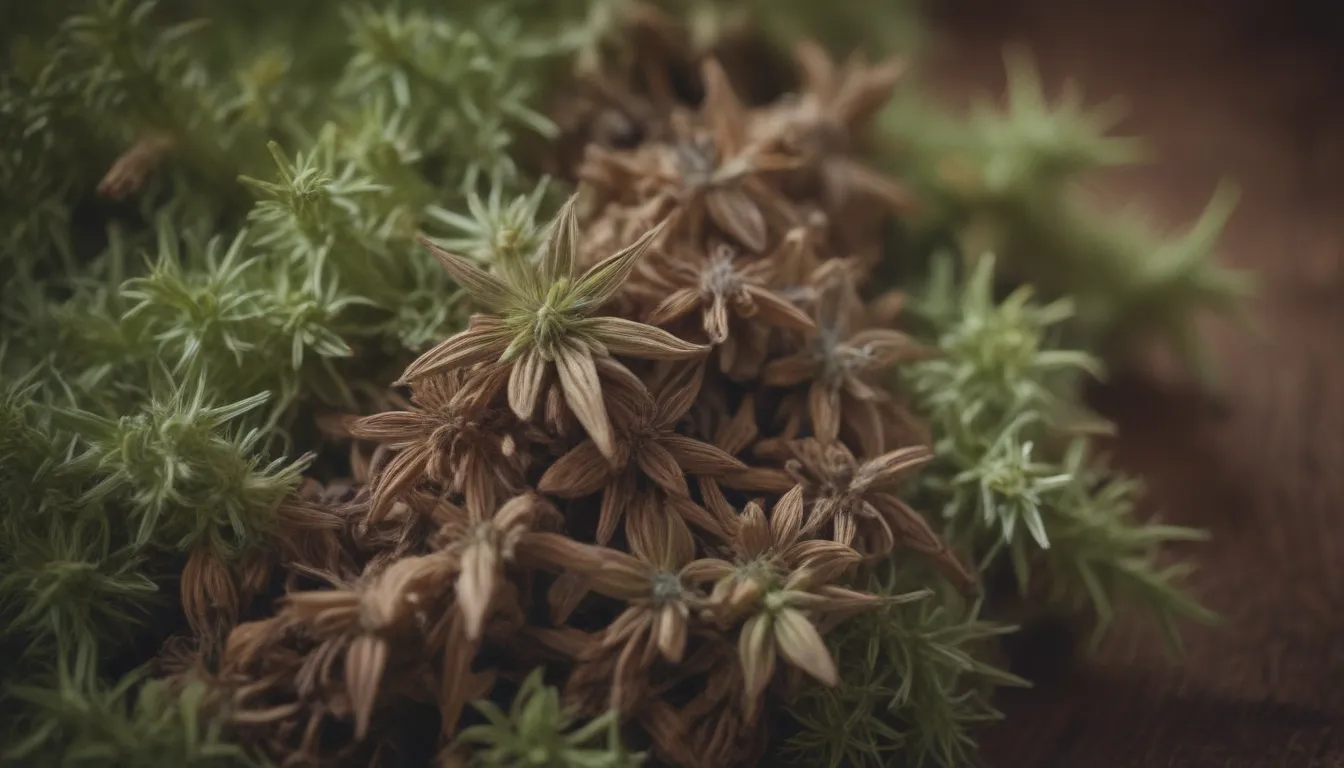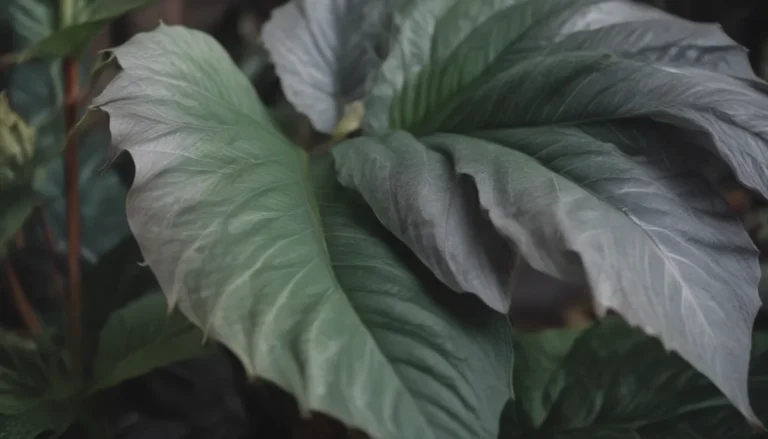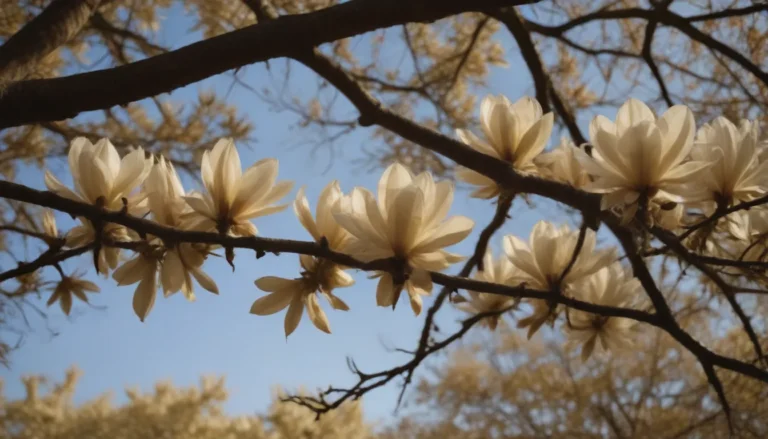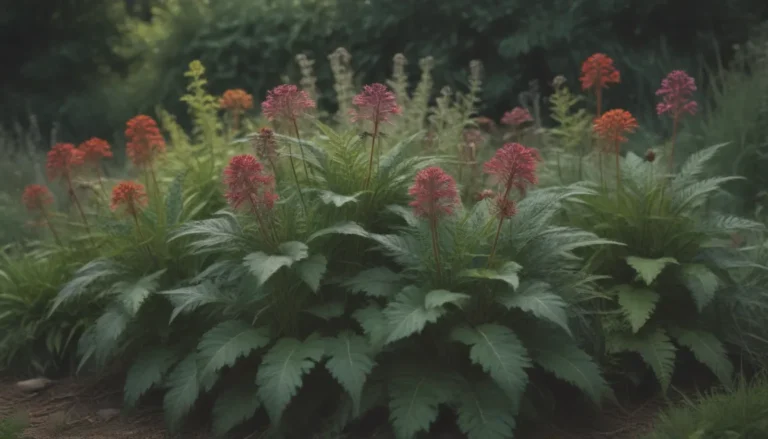Everything You Need to Know About Growing and Harvesting Anise Seeds

Anise, also known as Pimpinella anisum, is a stunning flowering herb with a distinctive licorice aroma that is loved by many cultures around the world. Originating from the Middle East and Northern Africa, this herb has been utilized for centuries in various culinary and medicinal practices. Today, gardeners worldwide are choosing to cultivate this fragrant herb for its versatile seeds that can be used in cooking, baking, teas, medicines, and more.
Understanding Anise and Its Uses
Anise (Pimpinella anisum) is often mistaken for star anise, a tree that produces its own type of seeds used in different culinary applications. It is also frequently confused with anise hyssop, a plant that shares a similar scent but is distinct in its own right. Understanding the unique qualities of the anise plant is crucial for successful cultivation.
Benefits of Anise:
- Produces a distinctive licorice-like scent.
- Versatile ingredient in cooking, baking, and herbal remedies.
- Low-maintenance herb ideal for home gardens.
Tips for Anise Care
To ensure that your anise plant thrives and produces abundant seeds, it’s essential to provide the right conditions for its growth. Here are some key considerations for caring for anise:
Light:
- Anise thrives in full, direct sunlight.
- Ensure the plant receives long hours of sun for seed production.
Soil:
- Plant anise in well-drained, loamy soil.
- Avoid overly compact or sandy soil for optimal growth.
Water:
- Water anise moderately, avoiding overwatering.
- Water directly on the soil to prevent mildew issues.
Temperature and Humidity:
- Ideal temperature range for anise growth is between 45 and 75 degrees Fahrenheit.
- Consistent watering is essential for seed production.
Fertilizer:
- Anise requires minimal fertilization once established.
- Adding compost early in the summer can support plant growth.
How to Grow Anise from Seed
Planting anise seeds directly in the ground is the best way to ensure successful growth and seed production. Follow these steps for planting anise seeds:
- Wait for the soil temperature to reach at least 60 degrees Fahrenheit.
- Use a seed syringe or mix seeds with sand for easier transplanting.
- Plant rows of seeds spaced 2 to 3 feet apart.
- Ensure loose, well-draining soil for optimal growth.
Overwintering Anise
While anise is an annual plant in all USDA zones, overwintering can be done to extend its lifespan. Consider container planting and moving the plant indoors before the first fall frost to prolong its growth.
Common Pests and Diseases
Keep an eye out for common pests and diseases that may affect your anise plant:
- Mice
- Cutworms
- Aphids
- Downy Mildew
How to Harvest Anise Seeds
Harvesting anise seeds is a rewarding process that allows you to enjoy the plant’s benefits throughout the year. Here’s how to harvest anise seeds effectively:
- Wait for the seeds to turn from green to gray on the plant.
- Cut off seed heads and collect them in a paper bag with air holes.
- Allow the seeds to dry out in the bag for a week or two.
- Shake the bag to collect additional seeds.
- Toast the seeds in a pan for a few minutes before storing them in an airtight jar.
By following these steps, you can preserve and use anise seeds for various culinary and medicinal purposes.
In conclusion, growing and harvesting anise seeds can be a rewarding experience for gardeners of all skill levels. With the right care and attention to detail, you can enjoy the unique flavors and benefits of this aromatic herb in your home garden. Take the time to cultivate anise seeds and incorporate them into your favorite recipes for a touch of licorice-inspired goodness.
Remember to provide ample sunlight, well-drained soil, and regular watering for your anise plant to thrive. Keep an eye out for pests and diseases that may affect its growth, and harvest the seeds at the right time for optimal flavor and potency. Happy gardening!
References:
– https://www.gardenerspath.com/how-to-grow/anise/
– https://www.bhg.com/gardening/vegetable/herbs/grow-anise-herb/
– https://www.almanac.com/plant/anise





